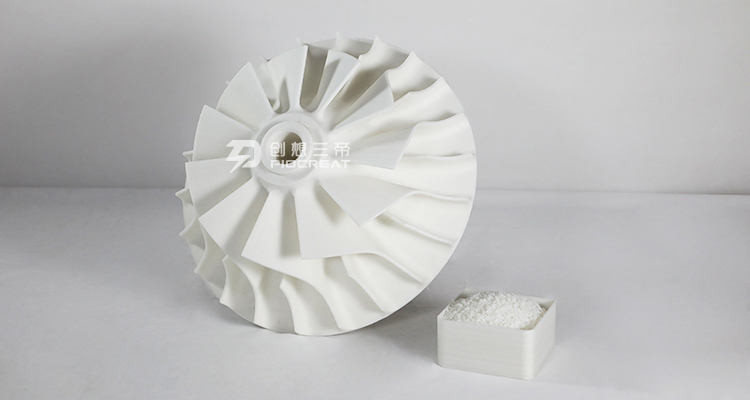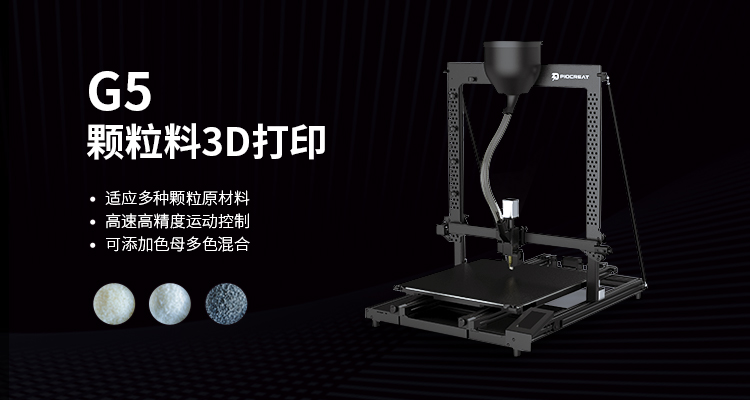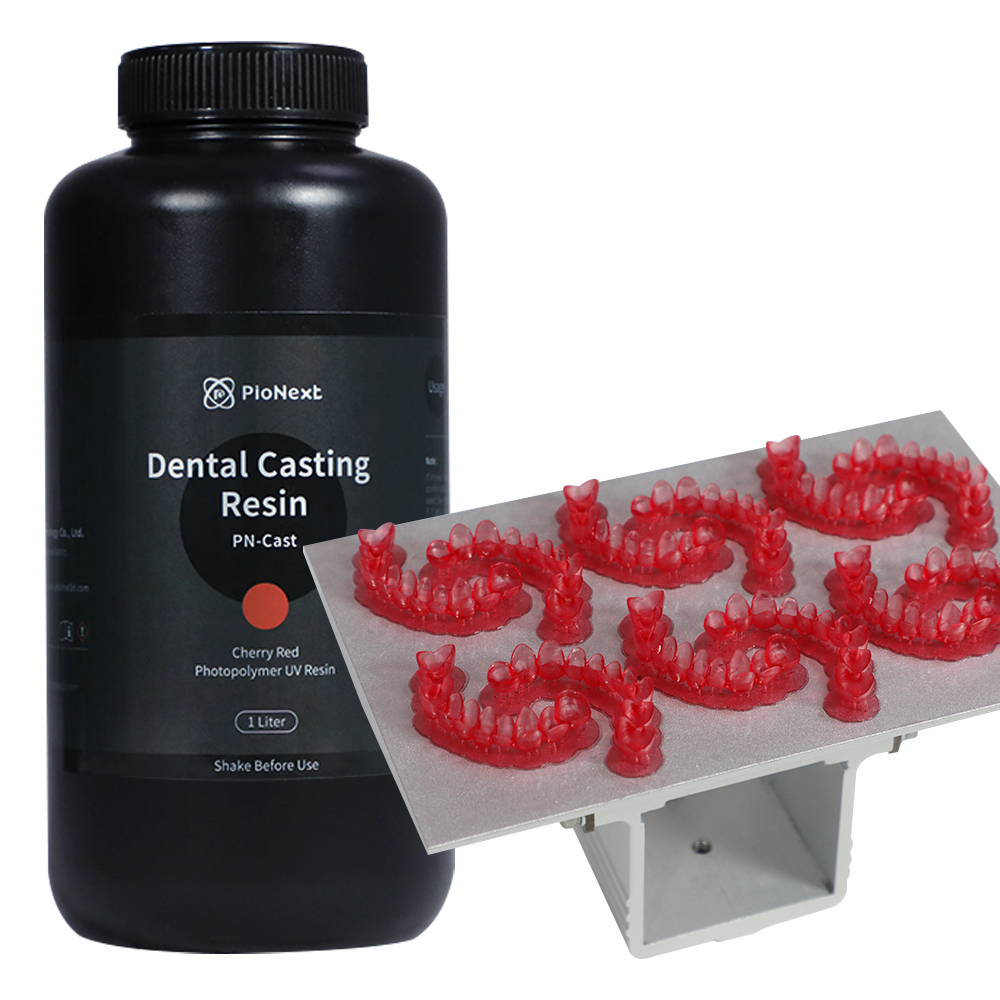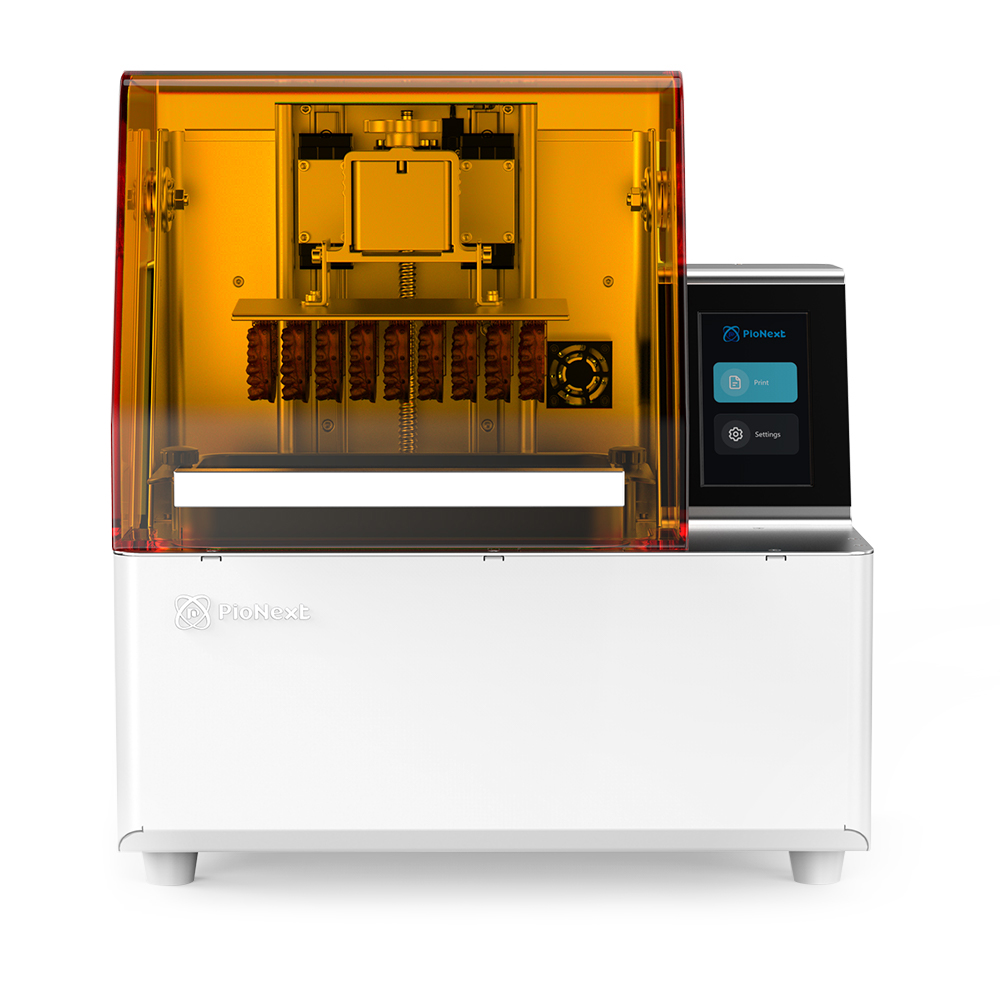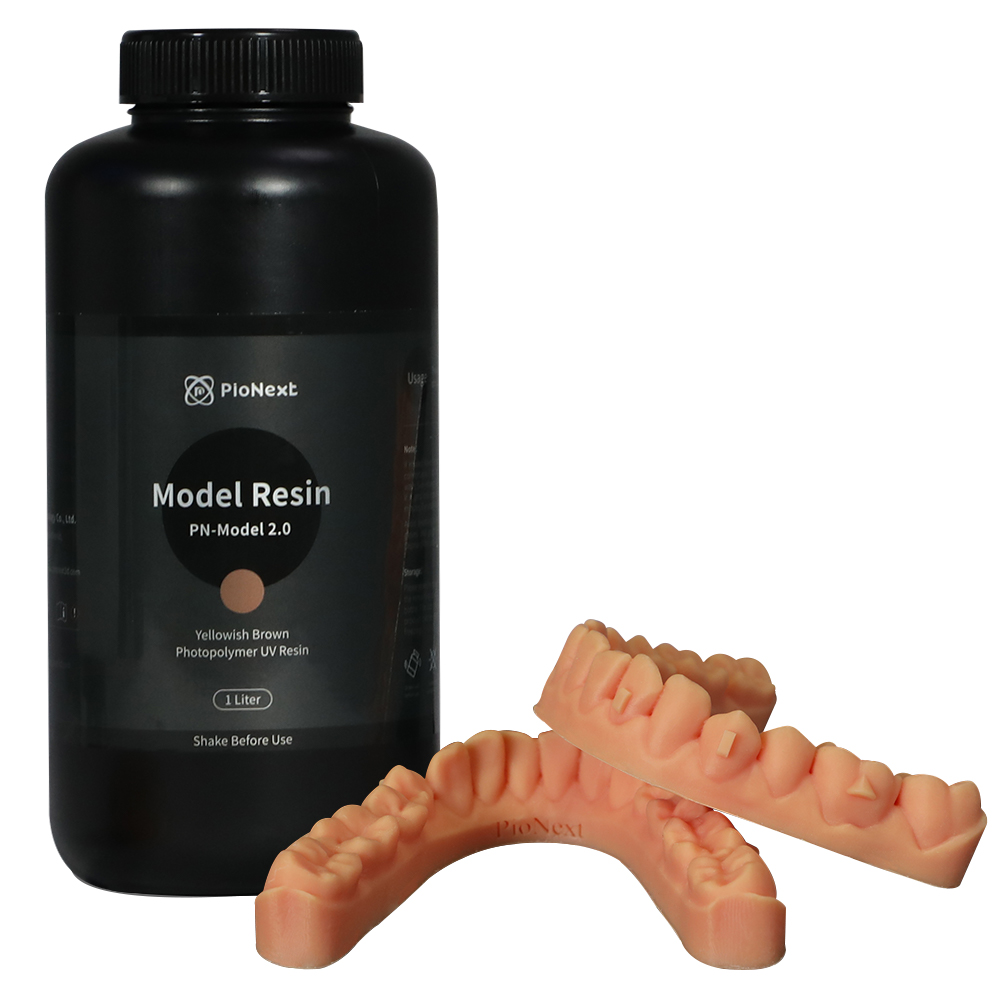The 3D printing speed is 5 to 15 kg per hour, the structure volume is 4 x 2 x 1.5 m, and the nozzle diameter is 4 to 8 mm: an amazing number that belongs to the new niche of the 3D printing market. The Piocreat G series uses "Fused Particle Manufacturing" (FGF), and we want to briefly explain how it works.
FGF technology has a strong similarity with injection molding technology. We use pellets as a starting point to fully dry the material, and then use an extruder to process it into a liquid state. This image shows a schematic diagram of the
FGF 3D printing process.
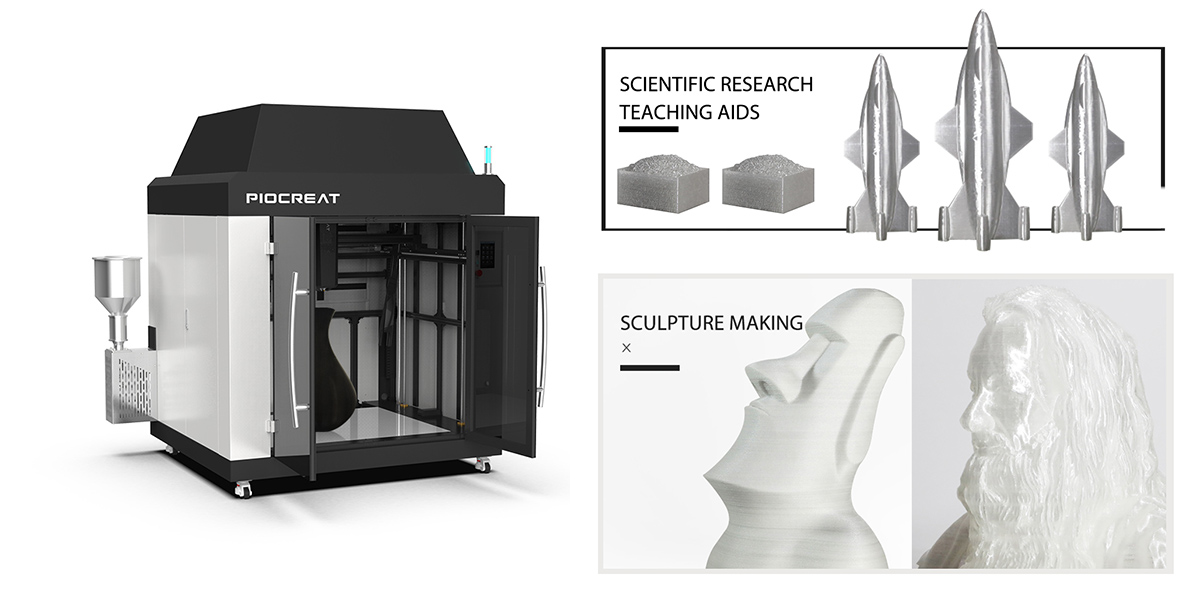
This technology can handle a range of standard thermoplastics available. These thermoplastics are usually filled with filler materials, such as glass fibers. The addition of these fibers has several positive effects on the final mechanical properties. Another advantage of adding glass is that the product shrinks less and has better adhesion to the build platform during printing. This can prevent looseness and deformation, which may cause dimensional deviation.
Print with recycled materialsIn terms of recyclable materials, the combination of FGF 3D printing process and thermoplastic materials seems to be a good match. The materials at the time of purchase have been reused, and the materials can also be reprocessed after the life cycle of the printed product.
Fused particle manufacturing (FGF), in which plastic particles are directly three-dimensional (3D) printed, has become a promising technology for AM technology. Due to the reduction of melt solidification steps and the elimination of filament extruder systems, FGF may become a key driving factor for the further greening of distributed recycling. However, only large-scale FGF systems have been tested for the technical and economic feasibility of recycling plastic materials. The performance of FGF technology. Research on recycled and original polylactic acid materials by using five different types of recycled raw materials: commercial filaments, pellets, distributed filaments, distributed pellets, and debris. the result shows. However, particle size determination may have an impact on the reproducibility of the sample, which explains that the key factor of this technology is to ensure the material input in the feeding system. In addition, the cost of FGF per kilogram of material is reduced to less than 1 Euro/kg compared to the more than 20 Euro/kg of commercially recycled filaments. These results are encouraging and have promoted the popularity of FGF printers among the heavy users of 3D printers, because it reduces the costs associated with filament manufacturing while ensuring the quality of the technology. This indicates the possibility of a new type of 3D printing recycled plastic waste, which is more likely to promote circular economy and distributed recycling.
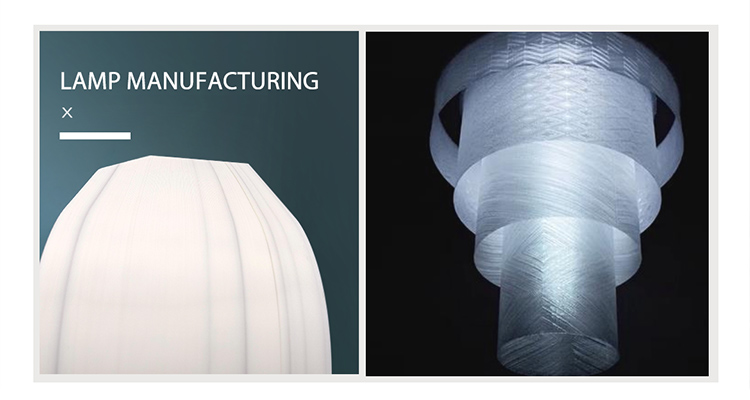
The use of FGF for 3D printing is a new processing technology that requires all partners in the supply chain to make great efforts to obtain the best applications and solutions. As the owner of the largest 3D printer, Poly products are in the middle of the chain, and this role fits perfectly with Poly products.


